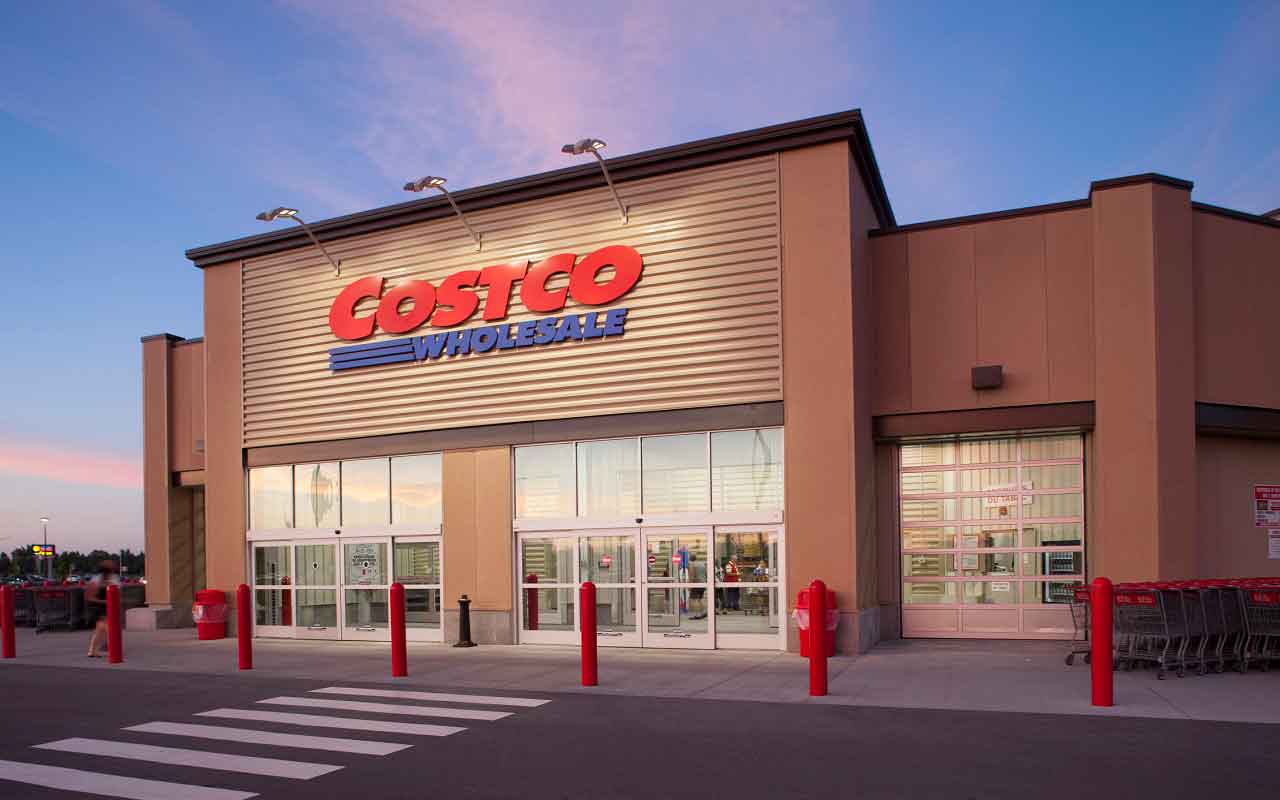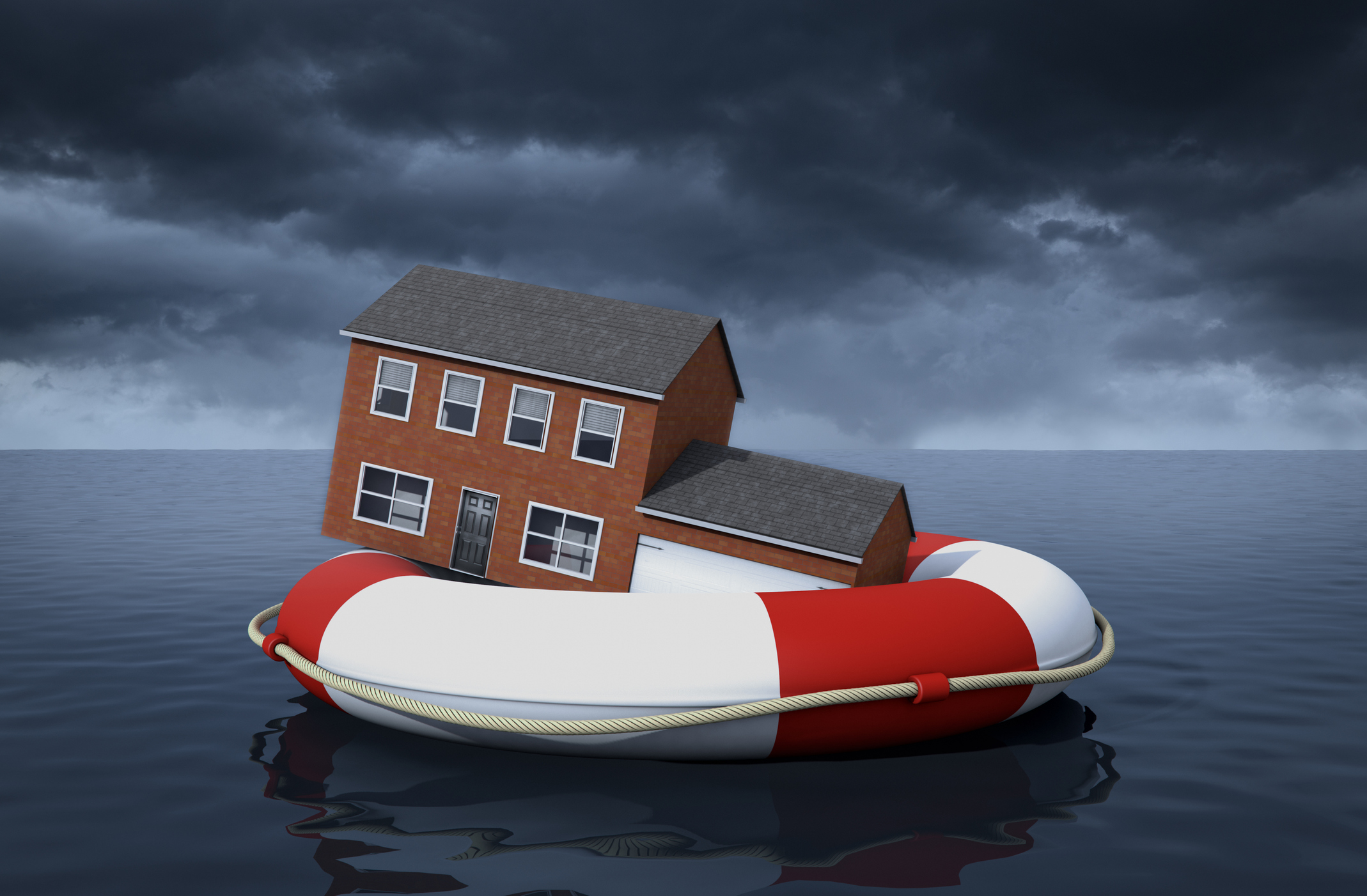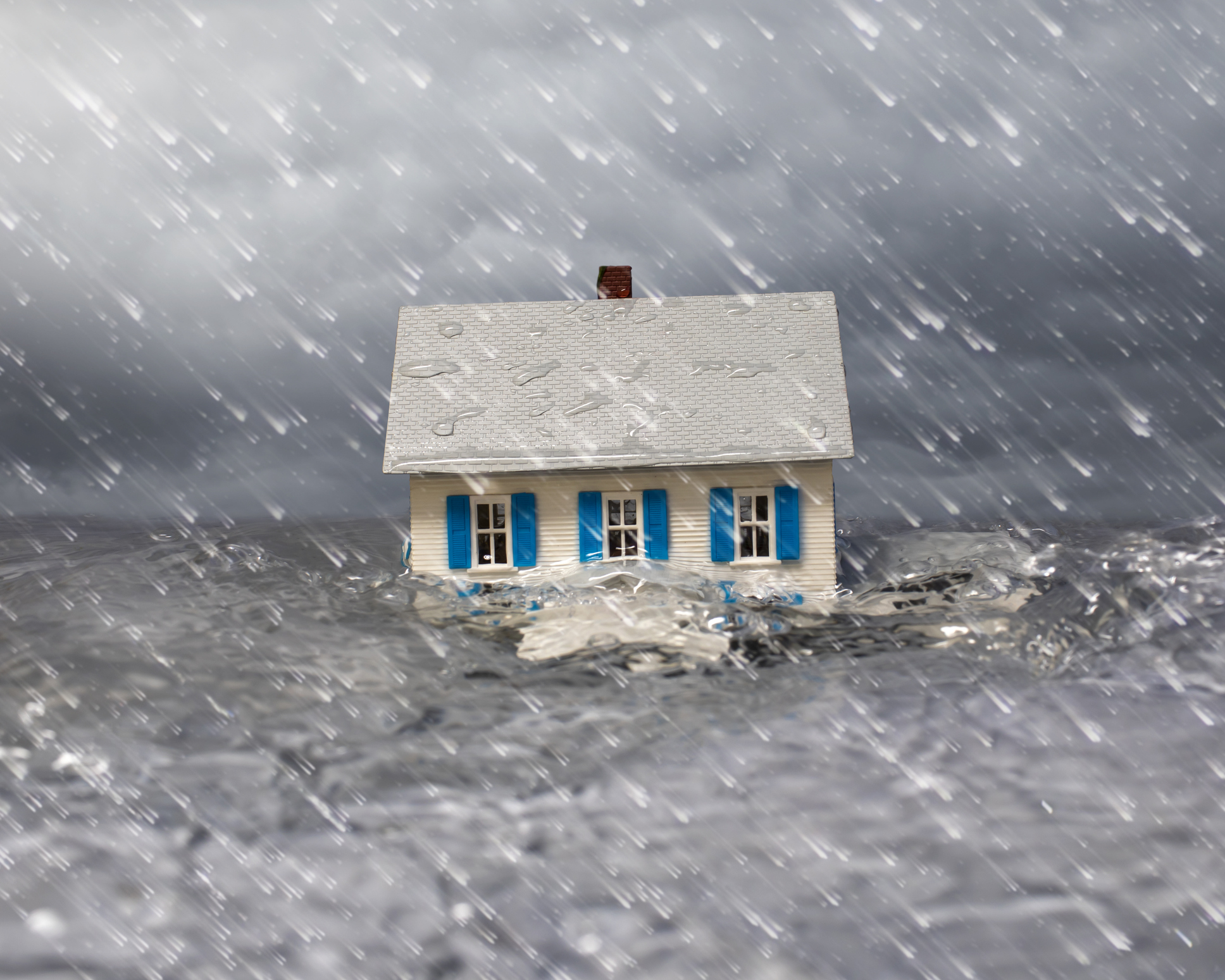Why You Need a Renters Insurance Policy
The average monthly premium for renters insurance is $12 a month for $30,000 in personal property coverage, according to estimates. Here's why it's essential to have coverage.


Donna LeValley
Last fall, my worst fear as a renter became a reality: A pipe burst in the apartment directly above mine, flooding my apartment. What made the situation even worse was that I got the news when I was out of town visiting family. I panicked, even though I was told the situation was being handled. There were three questions running through my head that weekend: How many of my belongings were destroyed? How long would the repairs take? And what would my renters insurance cover?
What does renter's insurance cover?
Ever since I relocated to the Washington, D.C., area from Michigan, I’ve rented — and had a renters policy (some apartment complexes and landlords require tenants to have one).
In general, a renters policy covers three basics: your liability, personal possessions and living expenses in the event your apartment becomes uninhabitable. The policies typically cover losses from a burglary, vandalism, windstorms and certain types of water damage — which is where things get confusing.

Sign up for Kiplinger’s Free E-Newsletters
Profit and prosper with the best of expert advice on investing, taxes, retirement, personal finance and more - straight to your e-mail.
Profit and prosper with the best of expert advice - straight to your e-mail.
If my apartment had flooded because of a hurricane, I would have been out of luck, because most renters policies don’t cover flooding that comes from outside your building. But a burst pipe falls into the accident category, which is usually covered. To file a claim, I logged on to my Liberty Mutual insurance account from my smartphone. I received text message updates throughout the process from the agent handling my claim.
Premiums and deductibles
As with any other insurance coverage, renters insurance has deductibles and coverage limits that all factor into the cost of the policy and the amount you’ll be reimbursed. My policy, which costs $18.50 a month, covers $15,000 in personal property and provides liability coverage of $100,000 and guest medical coverage of $1,000. My deductible is $500. The average monthly premium for renters insurance is about $12 a month for $30,000 in personal property coverage, $100,000 in liability coverage and a $500 deductible, according to NerdWallet.com. (If you have car insurance, you may be able to get a discount of about 5% by buying your renters insurance from the same company).
You may want more coverage, especially for personal property, if you have high-end furniture, designer clothes or a lot of tech in your apartment. Before you decide which policy is best for you, take an inventory of your belongings and how much they cost. You can either keep a spreadsheet online in the cloud (which is something I should have done) or use an app such as Encircle to create your list.
Additional coverage for disaster damage and losses
If you’re worried about flooding, review your local flood maps to see if you’re at risk. Go to the FEMA flood map and scroll down to the FEMA Flood Map Service center to find your community flood map. If you live in a community that participates in the National Flood Insurance Program, you may be able to purchase a separate flood insurance policy from FEMA to protect your belongings. Policies start at $99 a year for $100,000 of contents-only coverage.
If you’re concerned about other disasters destroying your belongings, you should consider buying a renters insurance policy with a high personal property limit. Coverage amounts start as low as $15,000 and can go up to $500,000. If you have expensive electronics or jewelry, you may want to add an insurance rider (if one is available) because your standard personal property coverage may not be enough to replace them. Coverage with higher personal property limits is usually inexpensive.
Replacement coverage or actual cost coverage
Once you’ve accounted for all your items, you’ll have to decide whether to get replacement coverage or actual cash value coverage. The former, which I have, replaces the items at full cost, and the latter factors in depreciation. Replacement coverage costs about 5% more, but Penny Gusner, at Insurance.com, says it’s worth it.
“You have to compare how much you would get for your used television or computer to how much it would cost to replace it with something new and similar,” says Gusner. You could end up spending more in the end if you go with actual cash value, she says. Some online companies are automatically giving replacement coverage as your only option.
It’s also important to consider any insurance riders that could be available to you. For example, my policy offered additional home computer coverage of $5,000, which I added to protect my expensive MacBook.
In the end, I filed my claim only to discover that the amount of my losses was less than my deductible. I wasn’t surprised, but I was hoping to get something for my troubles. I’ll definitely start keeping an inventory of what I have and make sure it’s up to date.
Bottom line
You might not own your abode, but you own what's in it. If there was a fire, flood or if your home was burgled, you would benefit from having a renter's insurance policy to help cover the costs of replacing your clothes, computer and other valuables. The value of liability coverage can't be underestimated. If a visitor or repair person injured themselves, you could face a personal lawsuit.
If you work from home consider a stand-alone business insurance policy that can offer more robust coverage and with higher coverage limits. This type of policy can provide better coverage limits for business equipment and liability over a typical renter's policy. These policies are good for a business that has visitors coming and going.
Renters can also buy coverage from FEMA to cover damages caused by flooding that comes from the outside. This is wise to consider as regular policies don't cover this type of flood damage. In the case of a Presidentially declared disaster, renters are also eligible for temporary housing assistance and Critical Needs Assistance (CNA), a one-time payment that can help pay for life-saving and life-sustaining items such as prescriptions, food and diapers.
Related Articles
Get Kiplinger Today newsletter — free
Profit and prosper with the best of Kiplinger's advice on investing, taxes, retirement, personal finance and much more. Delivered daily. Enter your email in the box and click Sign Me Up.

Rivan joined Kiplinger on Leap Day 2016 as a reporter for Kiplinger's Personal Finance magazine. A Michigan native, she graduated from the University of Michigan in 2014 and from there freelanced as a local copy editor and proofreader, and served as a research assistant to a local Detroit journalist. Her work has been featured in the Ann Arbor Observer and Sage Business Researcher. She is currently assistant editor, personal finance at The Washington Post.
- Donna LeValleyRetirement Writer
-
 6 Stunning Waterfront Homes for Sale Around the US
6 Stunning Waterfront Homes for Sale Around the USFrom private peninsulas to lakes, bayous and beyond, Kiplinger's "Listed" series brings you another selection of dream homes for sale on the waterfront.
By Charlotte Gorbold Published
-
 Six Reasons to Disinherit Someone and How to Do It
Six Reasons to Disinherit Someone and How to Do ItWhether you're navigating a second marriage, dealing with an estranged relative or leaving your assets to charity, there are reasons to disinherit someone. Here's how.
By Donna LeValley Published
-
 Should You Get Auto or Home Insurance Through Costco?
Should You Get Auto or Home Insurance Through Costco?Costco members can access discounted insurance through Connect by American Family — but is it really a better deal?
By Paige Cerulli Published
-
 How to Lower Home Insurance Rates When Climate Change Increases Costs
How to Lower Home Insurance Rates When Climate Change Increases CostsA top insurer warns the damage climate change causes is making it cost-prohibitive for insurers in some areas. Learn how to protect your home and lower costs.
By Sean Jackson Published
-
 Four Things You Can Do If Your Home Insurance Is Canceled or Not Renewed
Four Things You Can Do If Your Home Insurance Is Canceled or Not RenewedDon't panic — here's how to understand your notice, switch coverage and protect your home after a policy nonrenewal or cancellation.
By Ben Luthi Published
-
 See How Much Auto Tariffs Could Raise Your Car Insurance Rates
See How Much Auto Tariffs Could Raise Your Car Insurance RatesPresident Donald Trump issued a 25% tariff on all car imports. See how this tariff impacts the cost of your car insurance.
By Sean Jackson Last updated
-
 These Eight States Have the Most Expensive Home Insurance in 2025
These Eight States Have the Most Expensive Home Insurance in 2025If you live in one of these eight states, you’re probably paying $1,000 or more above the national average for home insurance.
By Rachael Green Published
-
 10 States with the Cheapest Home Insurance in 2025
10 States with the Cheapest Home Insurance in 2025Homeowners in these 10 states pay at least $1,000 less than the national average for home insurance.
By Rachael Green Published
-
 Switching Home Insurance: How to Re-Shop for the Best Coverage
Switching Home Insurance: How to Re-Shop for the Best CoverageHomeowners nationwide are facing rising home insurance costs and policy cancellations. Learn how to compare providers, find savings and ensure your home remains protected.
By Dori Zinn Last updated
-
 Borrowing Against Your Life Insurance: How It Works and What to Consider
Borrowing Against Your Life Insurance: How It Works and What to ConsiderUnlock quick access to cash by borrowing against your life insurance policy — without credit checks or strict repayment terms.
By Dori Zinn Published